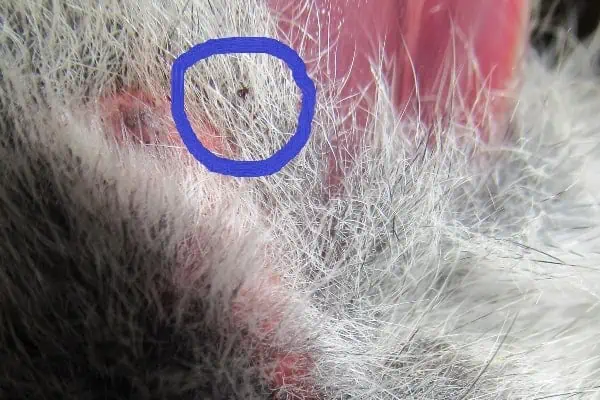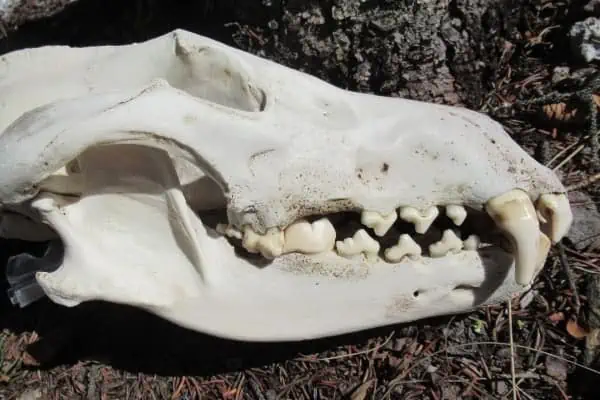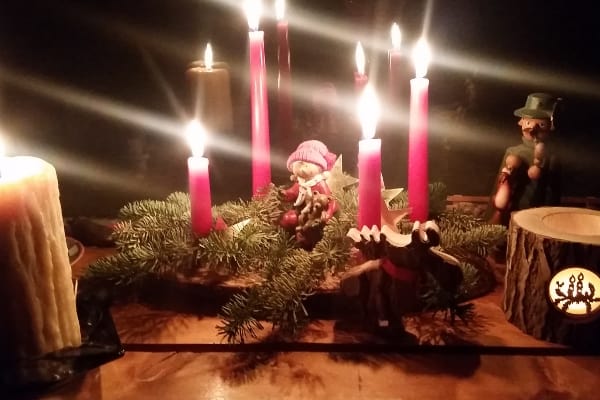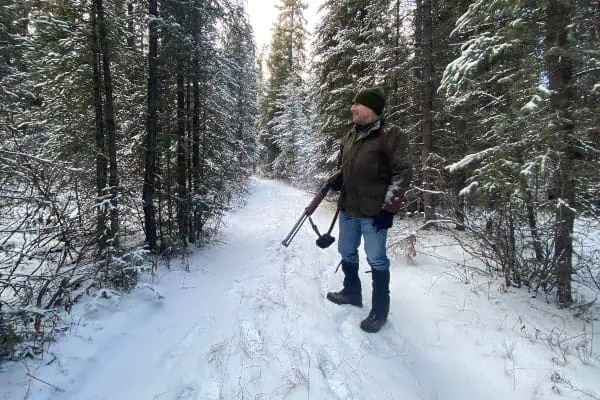When Natasha Peter walks into the coffee shop, she’s grinning with excitement. “We were just down the street looking at rifles,” she says of her “trip to town” with her boyfriend. “I’m stoked to get my own .22.”
A 21-year-old who knows how to skin a moose and has been hunting with her dad since age nine, the Ross River youth is animated as she describes her dad teaching her “an easy way” to air-dry moose meat, just a few weeks ago.
Peter is also the photographer behind this week’s What’s Up Yukon cover image of carver Dennis Shorty working in his studio.
She and five other adult learners – including Dennis Shorty – had the chance to work with video cameras, digital cameras and other documentation equipment during the nine-week Heritage and Culture Essential Skills (HACES) program that Yukon College offered in Ross River. The program ran with 13 students in Pelly Crossing earlier in this year.
HACES first piloted in Mayo in 2009 with continuous input from Nacho Nyak Dun elders. It takes students through a variety of different modules that offer skill sets needed for Heritage Management work, with various teachers involved.
Two modules are devoted to photography and video. First Nations today use new media to document knowledge and enhance the oral tradition.
Peter says she was interested in photography in high school, but through HACES she learned a solid base of technical skills.
“We didn’t know what we would take pictures of, and Dennis said, ‘Why not come to my studio?'” she recalls.
“And Michael [Edwards, the teacher,] was telling a story that he took a picture of one of his friends and there was a bunch of light in the room, and when he took a picture of one object and it was dark in the background, it worked.
I used the setting he was talking about and got the one of Dennis’ carving, which was pretty cool.”
Students saw the connections between new media and heritage management in action when each was assigned the task of making a short video about an important person in their community.
For example, John Acklack interviewed his mother, Josephine Acklack, a recently retired Native Language teacher, to make his video. Josephine also talked to the class on several occasions about Kaska heritage.
First Nations are also using print media to keep traditions recorded and alive.
The Ross River students created The Land Provides, a booklet that visually and verbally describes the seasonal round, the hunting and harvesting work the Kaska people did – and still do.
The Pelly students made an exhibit on Regalia, including text, photo, and artifacts.
Throughout the program the students planned the project, completed primary and secondary source research and traditional knowledge research (oral history) as well as photo and video documentation.
In their final week, the students planned out their project – key messages, audience, photos, text, design and production of the work (the booklet for Ross River, and the exhibition for Pelly Crossing).
Jody Beaumont, the HACES Coordinator, is a long-time Yukon heritage worker and former Heritage Director for Tr’ondëk Hwëch’in (TH).
“Yukon First Nations have worked together to determine the heritage issues we have in common,” she says. “It is clear that Heritage Training is a strong need in the territory,” she says.
“And the program is Yukon born and bred, which is important because First Nation approaches to heritage management must reflect First Nations perspectives and protocols and values. Without having worked in a First Nation environment over many years, I wouldn’t have been exposed to these new and innovative approaches.”
Some of the skills apply to broad employment searches: how to polish up a resume; general workplace skills; basic communication skills from writing proposals to preparing business letters.
Combined with the specific heritage management components, the students are now more eligible to work in the heritage field.




